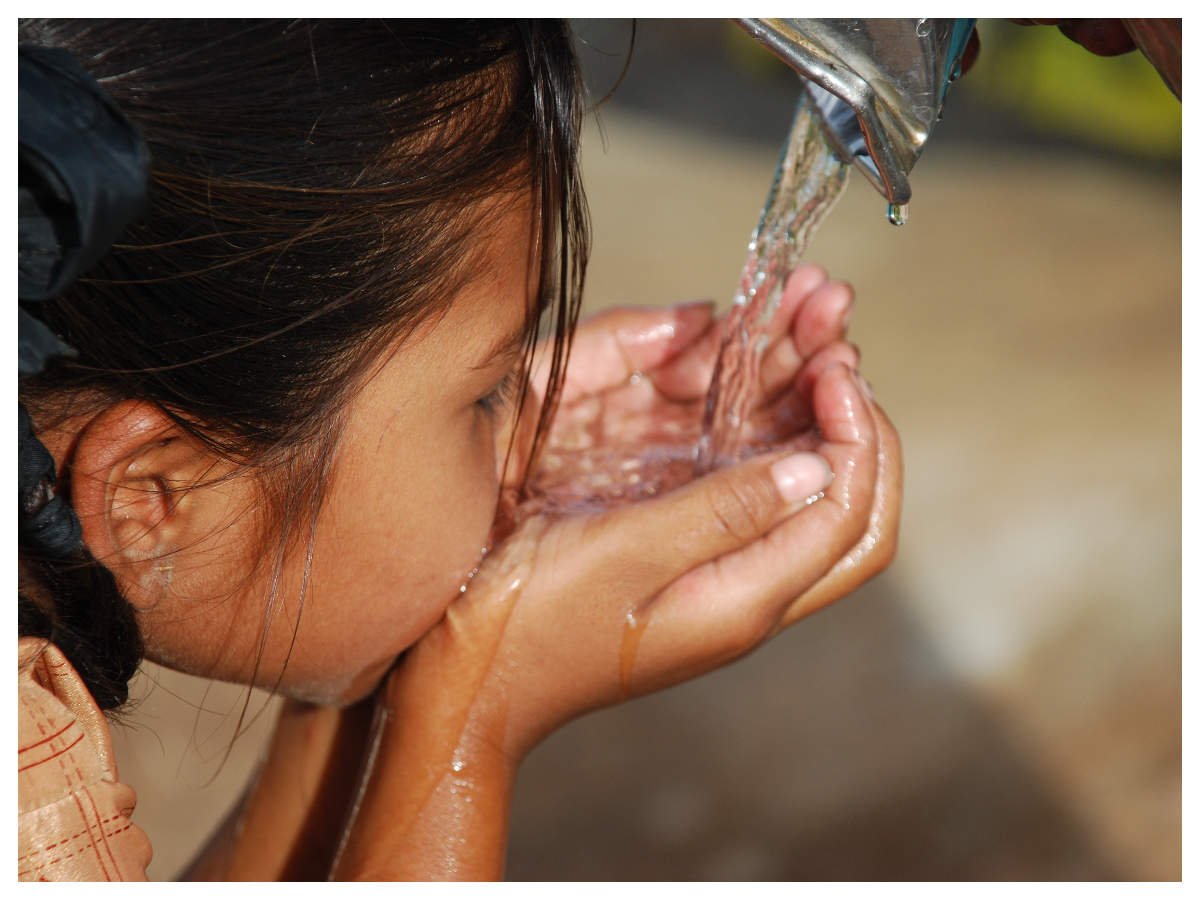
Coronavirus mainly affects the respiratory system and patients commonly experience fever, cough and difficulty in breathing. Recently, several skin manifestations have been noted in Covid-19 patients. Dr Sanjiv Choudhary, additional professor of dermatology at AIIMS, Nagpur, cleared all doubts about it.
Does skin get affected by Covid-19?
So far, it is quite obvious that skin as an organ is often affected in Covid-19. As of today, we do not recognize a typical Covid-19 rash. Most of the skin lesions are self-limiting and it is not fully clear whether there is any relationship between these skin lesions and the severity of disease. We hope to answer these questions by carrying out further research on the virus and its interaction with the human body.
How many patients can experience skin-related symptoms in Covid-19?
The first study on skin manifestations in Covid-19 was done in Italy. It reported skin lesions to occur in 20.4% of the cases. This means that skin involvement can be as high as one out of every five cases.
What are the skin-related symptoms?
Some of the common signs include maculopapular rash (a flat, red area on the skin that is covered with small confluent bumps) and urticaria (swollen, pale red bumps or plaques (wheals) on the skin that appear suddenly). Interestingly, a few cases have been reported where acute urticaria with fever was the first sign of disease. Some patients have also presented with chickenpox-like vesicular lesions.
We have been reading a lot about Covid toes these days. Your take?
Covid toe is a reddish or purple coloured lesion developing over toes, fingers or heels. These are more common in children and young adults and are more frequently seen over feet. However, a few of these cases have been tested and found positive for Covid-19. Hence, these lesions could be the result of other infective and non-infective conditions as well. It is likely that these lesions on feet and hands represent a late manifestation of disease and possibly associated with relatively mild disease.
Does frequent hand wash result in skin problems?
Frequent hand washing with soap and use of alcohol-based hand sanitizers can cause excessive drying of skin leading to hand eczema. Both soaps and sanitizers tend to remove the lipid content of skin; that initially manifests as dryness of skin followed by redness, blistering and oozing along with itching and burning sensation.
But we can’t avoid hand washing. So, how to prevent skin damage?
Simple solution is to apply a moisturizing cream after hand washing. Our corona warriors too are facing several skin problems due to continuous use of personal protective equipment caused by excessive friction, pressure and contact allergy.
Does skin get affected by Covid-19?
So far, it is quite obvious that skin as an organ is often affected in Covid-19. As of today, we do not recognize a typical Covid-19 rash. Most of the skin lesions are self-limiting and it is not fully clear whether there is any relationship between these skin lesions and the severity of disease. We hope to answer these questions by carrying out further research on the virus and its interaction with the human body.
How many patients can experience skin-related symptoms in Covid-19?
The first study on skin manifestations in Covid-19 was done in Italy. It reported skin lesions to occur in 20.4% of the cases. This means that skin involvement can be as high as one out of every five cases.
What are the skin-related symptoms?
Some of the common signs include maculopapular rash (a flat, red area on the skin that is covered with small confluent bumps) and urticaria (swollen, pale red bumps or plaques (wheals) on the skin that appear suddenly). Interestingly, a few cases have been reported where acute urticaria with fever was the first sign of disease. Some patients have also presented with chickenpox-like vesicular lesions.
We have been reading a lot about Covid toes these days. Your take?
Covid toe is a reddish or purple coloured lesion developing over toes, fingers or heels. These are more common in children and young adults and are more frequently seen over feet. However, a few of these cases have been tested and found positive for Covid-19. Hence, these lesions could be the result of other infective and non-infective conditions as well. It is likely that these lesions on feet and hands represent a late manifestation of disease and possibly associated with relatively mild disease.
Does frequent hand wash result in skin problems?
Frequent hand washing with soap and use of alcohol-based hand sanitizers can cause excessive drying of skin leading to hand eczema. Both soaps and sanitizers tend to remove the lipid content of skin; that initially manifests as dryness of skin followed by redness, blistering and oozing along with itching and burning sensation.
But we can’t avoid hand washing. So, how to prevent skin damage?
Simple solution is to apply a moisturizing cream after hand washing. Our corona warriors too are facing several skin problems due to continuous use of personal protective equipment caused by excessive friction, pressure and contact allergy.
Quick Links
Kerala Coronavirus Helpline NumberHaryana Coronavirus Helpline NumberUP Coronavirus Helpline NumberBareilly NewsBhopal NewsCoronavirus in DelhiCoronavirus in HyderabadCoronavirus in IndiaCoronavirus symptomsCoronavirusRajasthan Coronavirus Helpline NumberAditya ThackerayShiv SenaFire in MumbaiAP Coronavirus Helpline NumberArvind KejriwalJammu Kashmir Coronavirus Helpline NumberSrinagar encounter
Get the app








